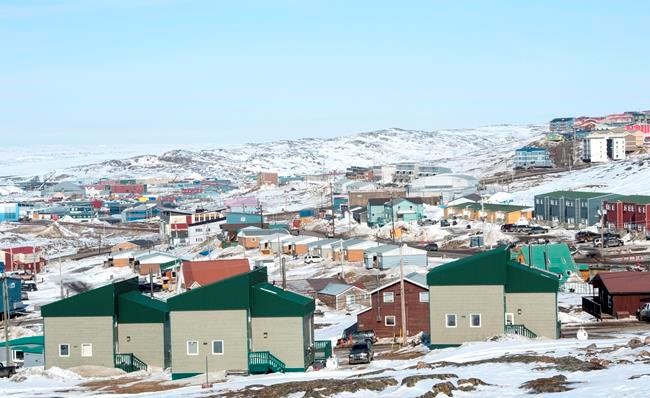More than one-third of women in Canada's three northern territories have been subjected to unwelcome sexual attention in a public place, says a survey from Statistics Canada.
"Women are far more disproportionately targeted by these behaviours than men," said statistician Adam Cotter.
The survey, released Wednesday, looks at what it calls unwanted sexual behaviours. That includes unwanted attention, sexual comments, close contact or online remarks.
That behaviour isn't criminal, but the survey says it stems from the same cause as more violent harassment.
"These behaviours stem from social norms, structures and beliefs that are similar to those which underlie sexual assault," it says.
"(The unwelcome behaviours) are still going to have considerable impact on whether or not you feel safe and comfortable in engaging in various parts of everyday life — just going out in public, walking on the streets, using libraries, bars, restaurants," Cotter said.
The 2018 survey of 2,500 people in Yukon, the Northwest Territories and Nunavut found that 35 per cent of women and 16 per cent of men were on the receiving end of that behaviour in public spaces.
Roughly the same proportion had the same experience in their workplace, as did nearly one-quarter of women and 16 per cent of men online. About seven per cent of women reported harassment in all three places — a number three times higher than the figure for men.
Non-gender-conforming people reported even higher figures. About 43 per cent of LGBTQ respondents said they'd experienced inappropriate sexual behaviour.
More than 40 per cent of men and women who said they'd been targeted more than once said they had changed their behaviour as a result. The survey found 41 per cent of women and 42 per cent of men said they avoided certain people or situations.
Some said it damaged their mental health.
For both men and women, the most common perpetrator was a man acting alone.
"The vast majority of perpetrators are strangers," said Cotter.
The study builds on earlier work done by Statistics Canada in the provinces. The findings were similar, Cotter said.
"We didn't find any significant differences between the provinces and territories."
Yukoners reported the highest rate of unwanted sexual attention. N.W.T. residents came next, followed by Nunavummiut.
Nunavut's relatively low rate seems to contradict the territory's nation-leading rates of sexual assault.
Cotter suggested that's because Nunavut has a lower percentage of people living in the capital. While sexual assault is often committed by someone known to the victim, unwanted sexual attention is more often a product of the anonymity afforded by larger centres.
"Part of it is the nature of these kinds of behaviours compared to other kinds of sexual victimization," he said.
Cotter said the study is part of a broader attempt by the agency to understand what makes cities feel safe, "making sure there's data to support anecdotal evidence."
Aja Mason of the Yukon Status of Women Council welcomed the agency's attempt to reach beyond criminal behaviour in its research.
"What constitutes criminal activity ... doesn't necessarily equate to what is safety for people," she said.
"We are deeply impacted by the actions and behaviours of people around us and this (report) creates some validity for people who describe experiencing a high amount of fear and anxiety."
Mason said she wasn't surprised by the high number of women who reported some form of unwanted attention. She said the report will back up her arguments for societal change.
"Reasoning that policy-makers use requires evidence. That's what this is providing."
This report by The Canadian Press was first published Aug. 26. 2020
— Follow at @row1960 on Twitter
Bob Weber, The Canadian Press



